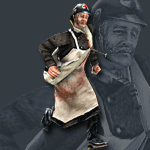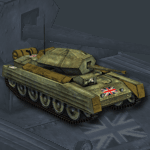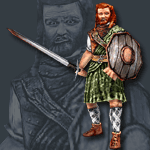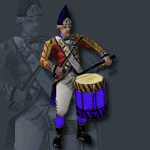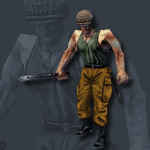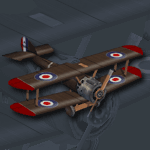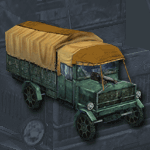
Epoch(s) Available: World War I
The British Armored Personal Carrier (APC) was a lightly armored truck, which was used to quickly transport infantrymen into battle while protecting them from small-arms fire. In Empires, the APC acts as a land transport which allows players to swiftly move their infantry from point A to point B. (More Info)
